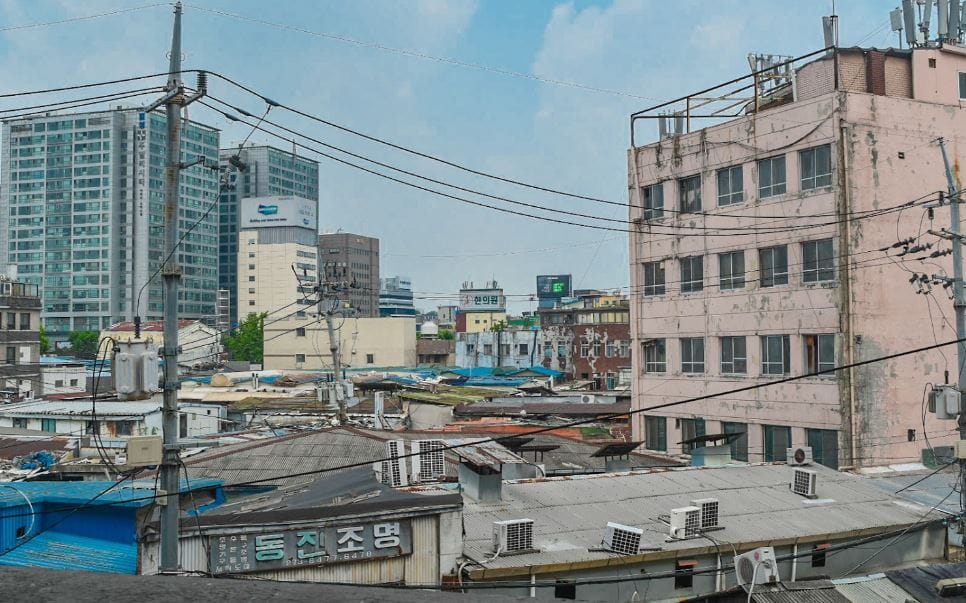A foodie won't miss Hipjiro
Hidden Gems in KOREA episode#03


"Euljiro" street in Seoul has historically been an important commercial center. Its history dates back to the 1910s during the Japanese colonial period when this area began to develop into a wholesale market. From the 1960s to the 1980s, Euljiro thrived as a hub for traditional industries, with many manufacturing companies setting up shop, bringing vibrancy to the area. However, from the 1990s onward, economic shifts led to a stagnation in commercial activities, and many shops began to close. Despite feeling somewhat isolated during this period, Euljiro would eventually experience a transformation.
In the mid-2010s, a new economic push breathed fresh life into the area. Among the youth, Euljiro gained the nickname "Hipjiro," a blend of "hip" from hip-hop culture, reflecting a trendy appeal. Young people and artists flocked to the area, reinterpreting traditional alleyways and transforming vacant buildings into vibrant cafés, galleries, and restaurants. This shift established Euljiro as a center for alternative culture and creativity, with unique eateries and special atmospheres.







The dining culture in Hipjiro originally featured traditional Korean restaurants and old establishments but has since evolved into a diverse culinary scene. Social media has popularized many restaurants that specialize in meat-focused menus, offering a cozy yet upscale dining experience. The rise of fusion cuisine and exotic flavors has increased the variety of options available, showcasing foods from various nationalities.
With urban development bringing in numerous cafés and concept shops, Euljiro is now recognized as a space that offers cultural experiences beyond mere commercial activities. These venues attract not only local residents but also visitors from outside the area, enhancing the overall appeal of Euljiro. This transformation has contributed to Euljiro’s emergence as a cultural and artistic hub rather than just a place for food.





Ultimately, Euljiro’s rise and fall reflect a coexistence of past and present, with traditional elements and modern culture continuously influencing each other. The birth of the name "Hipjiro" symbolizes this complex process and mirrors the evolving cultural and economic value of the community.
The food enjoyed on Euljiro street goes beyond mere sustenance; it fosters connections among people and plays a significant role in shaping cultural identity. Hipjiro has become a space symbolizing the history and culture shaped by a new generation, and it is expected to continue creating rich stories and transformations. I would invite your active participation and curiosity about the local cuisine!✔️




Comments ()